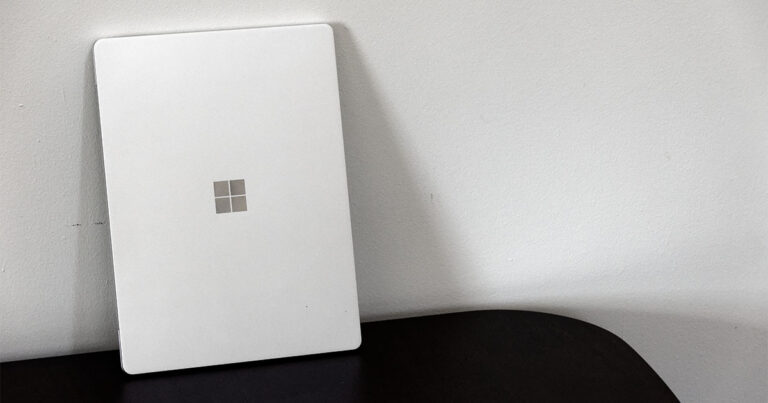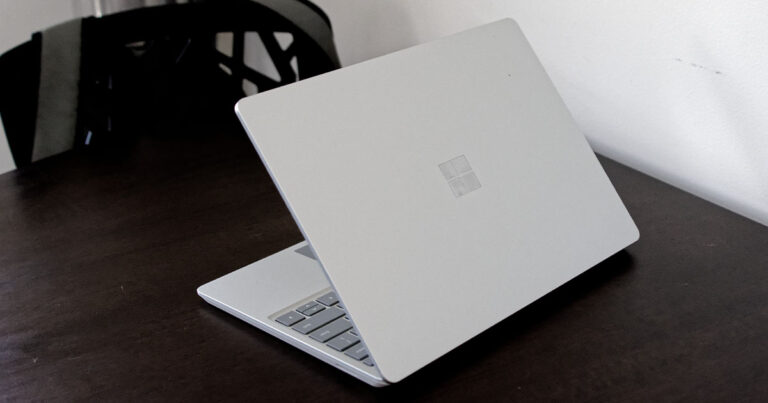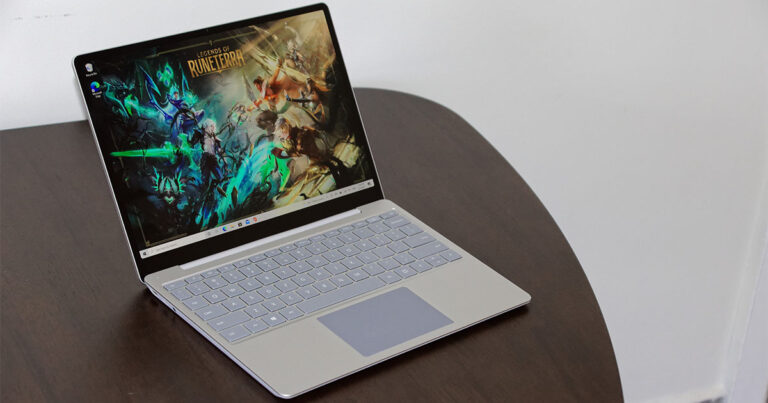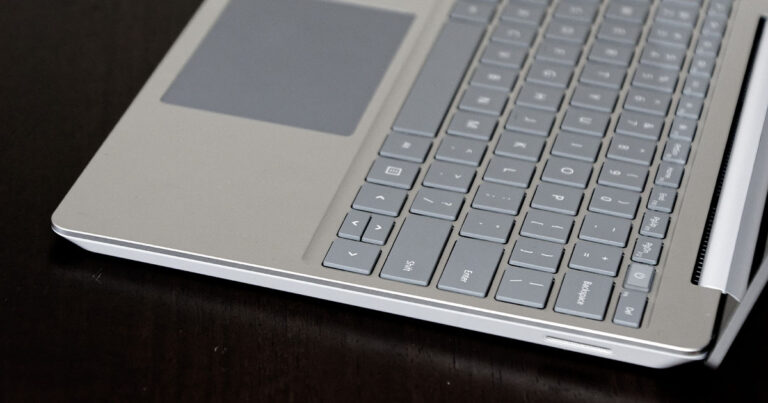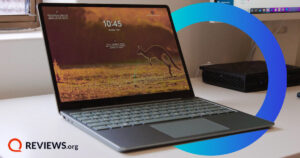Optus Mobile Review ALDI Mobile Review Amaysim Mobile Review Belong Mobile Review Circles.Life Review Vodafone Mobile Review Woolworths Mobile Review Felix Mobile Review Best iPhone Plans Best Family Mobile Plans Best Budget Smartphones Best Prepaid Plans Best SIM-Only Plans Best Plans For Kids And Teens Best Cheap Mobile Plans Telstra vs Optus Mobile Optus NBN Review Belong NBN Review Vodafone NBN Review Superloop NBN Review Aussie BB NBN Review iiNet NBN Review MyRepublic NBN Review TPG NBN Review Best NBN Satellite Plans Best NBN Alternatives Best NBN Providers Best Home Wireless Plans What is a Good NBN Speed? Test NBN Speed How to speed up your internet Optus vs Telstra Broadband ExpressVPN Review CyberGhost VPN Review NordVPN Review PureVPN Review Norton Secure VPN Review IPVanish VPN Review Windscribe VPN Review Hotspot Shield VPN Review Best cheap VPN services Best VPN for streaming Best VPNs for gaming What is a VPN? VPNs for ad-blocking Rather than ask what sacrifice you’re willing to make, the Surface Laptop Go asks you to think about what you really need in a laptop. That’s not to say that there aren’t compromises or shortcomings here, but if you’re already in the market for a budget-friendly laptop, the Surface Laptop Go makes a compelling argument that its particular caveats are trade-offs you’re going to be willing to make. All of this is to say that the Surface Laptop Go succeeds at making a basic, frill-free Windows experience feel as frictionless as possible. It’s nothing fancy, but everyday workflows feel snappier and more responsive than the hardware would suggest. There’s nothing here that doesn’t need to be, aside from maybe the glitzy logo on the back. The Surface Laptop Go features both a predictable array of ports on the outside edges plus a satisfying - and sometimes surprisingly - punchy keyboard on the inside. Wrapped between a soft underside and a more metallic top halves of the machine is a 12.4-inch PixelSense display. This aspect-ratio is a little irregular and the maximum brightness on the panel is sometimes a little dimmer than I’d like, but for most things it does the trick. Even as someone who knows about the many benefits of going with a laptop with better screen tech, the Surface Laptop Go made me feel like those perks were something I’d be willing to lose for the right price. There’s a real crispness to the picture quality here that’s easy to like. Even the highest spec version of the Surface Laptop Go available still loses out to the superior processors, additional storage options, larger display, and additional RAM found in the mainline Surface Laptop. One of the few areas where I think the minimalist tendencies of the Surface Laptop Go backfires is the port selection. While the build quality is great and the specs managed my daily workflow well enough, the fact that you are limited to a single USB type-A and USB type-C port is likely to prove a problem over a long-term use. If you’re pairing this thing up with a non-Bluetooth mouse, you’re already halfway towards being out of ports completely - which is not great. The other notable drawback of the Surface Laptop Go is the fact that it ships with Windows 10 S. Although this choice does ensure the device feels pretty snappy right out of the box, it also means you can’t install applications that exist outside the Microsoft app store without upgrading to Windows 10 Pro. This is free, but it’s annoying that you have to go through the process at all. In action, I found that the Surface Laptop Go was surprisingly capable given the price tag and the processor involved. However, when it came to the benchmarks, the difference between the hardware here and pricier options became pretty apparent. The results varied, but they were hardly surprising. If you’re looking at more intensive uses like video rendering, you’re going to be much better served by something a little more expensive. As it lacks a dedicated GPU, the Surface Laptop Go struggles to run games outside those that can exist within a web browser. However, for those with a fast internet speed and a subscription to Xbox Games Pass Ultimate, the recent launch of Xbox Cloud Streaming is an option that might offset these technical shortcomings. Burned down via streaming video content on YouTube, the 39.7Wh battery inside the Surface Laptop Go lasted 7 hours and 41 minutes. That’s not terribly long, but it doesn’t feel like major compromise either. It gives you enough to get through a regular day of usage, but little else. In situations when it does run out of juice, the Surface Laptop Go can be charged back up fairly quickly by either the Surface Connect charger that the device ships with or another USB Type-C charger from another brand. Like the latter, the Surface Laptop Go feels like an effort to manifest the best baseline experience for what this operating system can offer. Microsoft’s track record for this is mixed, but it actually feels like they managed to succeed here. If you’re doing a bang-for-buck comparison, it might be possible to find other laptops in this price-range that give you a little more RAM or a more impressive display. However, if you’re happy to sacrifice some frills and work within the limitations, the Surface Laptop Go holds up as a comfortable and affordable choice for those who want something that can reliably handle the essentials of on the go computing.
Screen size and type: Unlike upgradeable components like your GPU, RAM and storage, you’re stuck with the display you buy when you purchase a laptop. Is it a comfortable size? Does it offer a wide-viewing angle? Resolution: Similarly, you can’t change your display’s resolution after the fact. 1080p (Full HD) is the bare minimum these days and most laptops worth their price tag aim for 1440p at least (QHD or QuadHD) but you can also opt for 4K if you’re willing to spend a little extra. Refresh rate: A screen’s refresh rate is the measurement of how frequently it changes. If you play fast-paced multiplayer games like Call of Duty, you know that the difference a few milliseconds that a high refresh rate gets you can count for a lot. The higher the refresh rate, the better. Most conventional laptops offer 60Hz to 90Hz but fancier gaming laptops can offer 144Hz, 165Hz or even 240Hz screens. Ports and connections: Like your screen, ports will impact your everyday experience with a laptop, particularly if you use it for work. While you can work around this with USB hubs and adapters, a laptop with fewer ports than you need can quickly become a headache. Future-proofing: There are no hard and fast rules here but as a general suggestion, you’ll want to sure you’re laptop has the legs to survive a few years of technology improvements in any way you can. You can overshoot on your desired specs, spending more on a machine that’s more powerful than you currently need, or opt for a model or brand that has support for upgrades down the track. Check which features of the machine are upgradeable. The Dell XPS 15, for example, supports additional RAM, while Apple MacBooks do not.
Check out our dedicated laptop buying guide for more suggestions on shopping for the best laptop for your needs.
